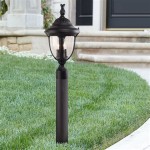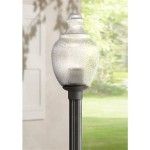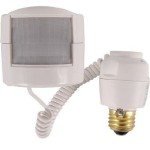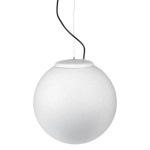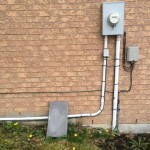How To Light A Sign Outdoor
When it comes to lighting an outdoor sign, there are several essential aspects to consider to ensure visibility, longevity, and aesthetics. Understanding these key elements can help you create an effective and impactful sign for your business or personal property.
This article explores the crucial considerations when lighting an outdoor sign. By focusing on the essential aspects of lighting, you can create a sign that stands out, communicates your message effectively, and withstands the elements.
1. Purpose and Placement
Determine the primary purpose of your sign. Is it for advertising, branding, or safety? The purpose will influence the type of lighting and placement that best serves your needs.
Consider the location of the sign. Factors such as nearby light sources, surrounding structures, and traffic patterns can impact the effectiveness of the lighting.
2. Light Source Selection
Choose the appropriate light source based on the desired effect and sign size. LED lights are popular due to their energy efficiency, long lifespan, and durability. Other options include fluorescent, halogen, or incandescent bulbs, each with its advantages and disadvantages.
Consider the color temperature of the light source. Warm tones create a welcoming ambiance, while cool tones enhance visibility and contrast.
3. Lighting Techniques
There are various lighting techniques to highlight different aspects of the sign. Front lighting illuminates the sign directly from the front, providing clear visibility. Backlighting casts light from behind, creating a halo effect and enhancing readability.
Contour lighting follows the edges of the sign, providing a subtle glow that outlines the shape and draws attention. Internal lighting embeds lights within the sign itself, resulting in an even distribution of illumination.
4. Illumination Level and Distribution
Determine the appropriate illumination level to ensure optimal visibility without glare or excessive light pollution. Consider the ambient light levels and the distance from which the sign will be viewed.
Uniform distribution of light prevents hotspots and shadows, creating a balanced and consistent appearance. Consider using diffusers or filters to achieve even illumination.
5. Control and Automation
Implement control systems to manage the lighting schedule and intensity. Photocells can adjust the lighting based on ambient light levels, reducing energy consumption and enhancing visibility.
Timers and remote controls allow for manual adjustment of the lighting as needed. Consider using a smart home system to integrate lighting control with other home automation features.
6. Durability and Maintenance
Ensure the lighting fixtures are weather-resistant and can withstand outdoor conditions. Use corrosion-resistant materials and consider protective coatings to extend the lifespan of the lighting system.
Regular maintenance is essential to prevent malfunctions and maintain optimal performance. Inspect the lights, wiring, and power supply periodically to identify any issues.
7. Compliance and Regulations
Adhere to local zoning laws and regulations regarding outdoor lighting. Ensure the lighting does not create excessive glare or light trespass that disturbs neighbors or poses safety hazards.
Obtain necessary permits and consult with local authorities to ensure compliance and avoid penalties.

Solar Sign Lighting Solutions To Illuminate Signage Without 240v

Outdoor Sign Lighting For New Bbq Deck Inspiration Barn Light Electric

How To Light An Outdoor Sign Signs By Randy In Plano Tx

Outdoor Diy Marquee Sign For The Holidays Damagefreediy

10 Ideas For Outdoor Lighted Business Signs Dave S

Commercial Outdoor Led Sign Light Fixtures Signage Lighting

Exterior Outdoor Lighted Signs Impact
Solar Sign Lighting For Billboard Monument And Real Estate Signs

Led Outdoor Rotatable Linear Sign Light Alcon Lighting 31029

Aluminum Light Box Signs Outdoor Advertising Led Signage Lindo Sign

